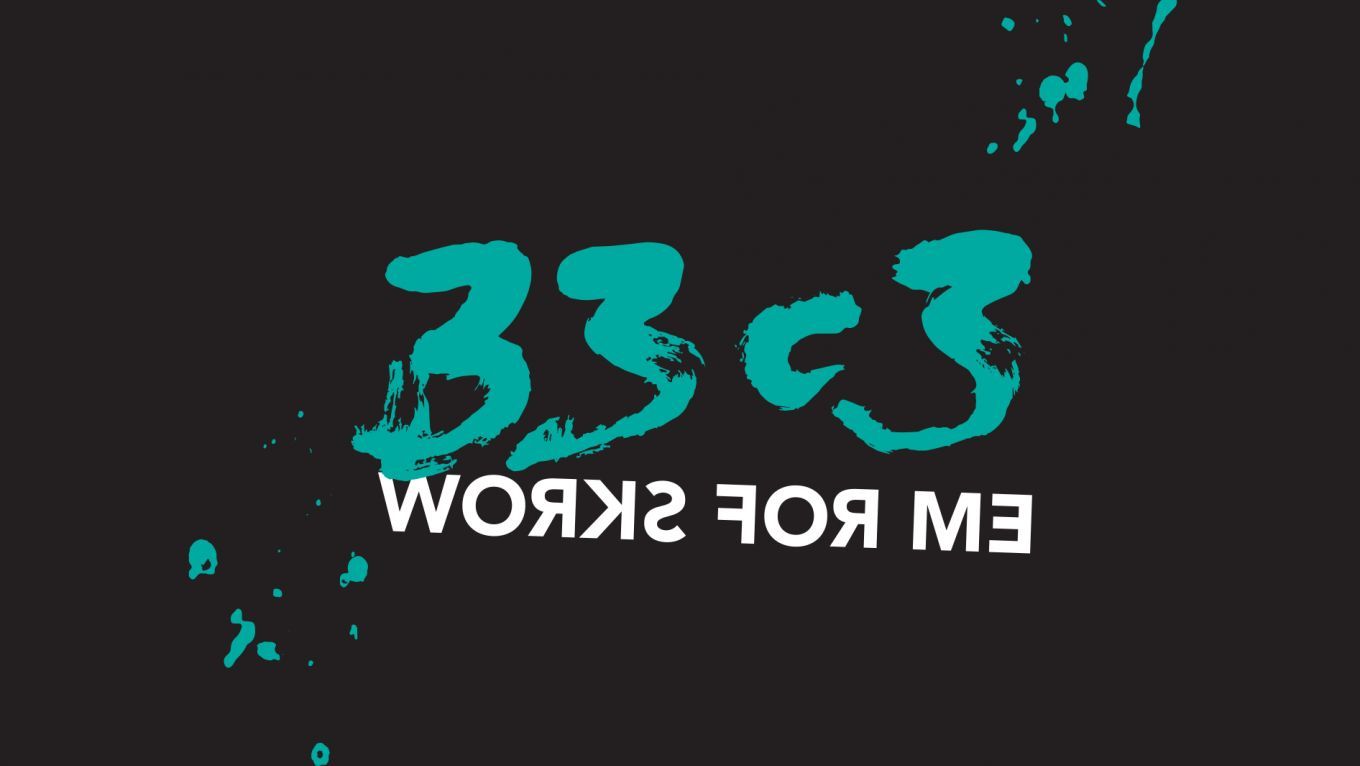Hardware & Making
Building a high throughput low-latency PCIe based SDR
Lessons learnt implementing PCIe on FPGA for XTRX Software Defined Radio
27. Dezember 2016
12:45 – 13:45 In Kalender übernehmen
12:45 – 13:45 In Kalender übernehmen
Saal G
Software Defined Radios (SDRs) became a mainstream tool for wireless engineers and security researches and there are plenty of them available on the market. Most if not all SDRs in the affordable price range are using USB2/USB3 as a transport, because of implementation simplicity. While being so popular, USB has limited bandwidth, high latency and is not really suitable for embedded applications. PCIe/miniPCIe is the only widespread bus which is embedded friendly, low latency and high bandwidth at the same time. But implementing PCIe/miniPCIe is not for the faint of heart - you have to write your own FPGA code, write your own Linux kernel driver and ensure compatibility with different chipsets, each with its own quirks. In this talk we will look at the requirements for a high performance SDR like XTRX, how this leads to certain design decisions and share pitfalls and gotchas we encountered (and solved).
We've been working with SDRs since 2008 and building own SDRs since 2011, focusing on embedded systems and mobile base stations. We created ClockTamer configurable clock source and UmTRX SDR and built a complete base station (UmSITE) to run OpenBTS and later Osmocom GSM stacks. This year we've started working on a new tiny high-performance SDR called XTRX which fits into the miniPCIe form-factor and using PCIe for the I/Q samples transfer.
We will talk about when to use PCIe and when not to use PCIe and why did we choose it for XTRX; FPGA implementation of PCIe with optimization for low latency and high throughput; Linux kernel driver for this PCIe device; integration with various SDR platforms; all the various issues we encountered and how you can avoid them.
Weitere Infos
| Format | lecture |
|---|---|
| Sprache | Englisch |
Weitere Sessions
| 27.12.16 |
<a href="https://outernet.is">Outernet</a> is a company whose goal is to ease worldwide access to internet contents by broadcasting files through geostationary satellites. Most of the software used for Outernet is open source, but the key parts of their receiver are closed source and the protocols and specifications of the signal used are secret. I have been able to <a href="http://destevez.net/tag/outernet/">reverse engineer</a> most of the protocols, and a functional <a ...
|
| 27.12.16 |
The NibbleTronic is a MIDI wind controller that features a novel user interface resulting in a unique tonal range. The standard configuration allows to precisely play a bit more than four full octaves including semitones with only one hand.
|
| 27.12.16 |
Mit steigendem Datenaufkommen und einer immer größer werdenden Zahl von Geräten muss auch das WLAN wachsen. Nach "ur WiFi sucks!!1!" ist dieser Talk eine kleine Einführung in die Neuerungen, welche mit dem 802.11ac-Standard gekommen sind und gibt eine Erklärung, wie sie funktionieren.
|
| 27.12.16 |
"Smart" devices using BTLE, a mobile phone and the Internet are becoming more and more popular. We will be using mechanical and electronic hardware attacks, TLS MitM, BTLE sniffing and App decompilation to show why those devices and their manufacturers aren't always that smart after all. And that even AES128 on top of the BTLE layer doesn't have to mean "unbreakable". Our main target will be electronic locks, but the methods shown apply to many other smart devices as well...
|
| 28.12.16 |
How to get USB running on an ARM microcontroller that has no built in USB hardware. We'll cover electrical requirements, pin assignments, and microcontroller considerations, then move all the way up the stack to creating a bidirectional USB HID communications layer entirely in software.
|
| 28.12.16 |
Yosys is a free and open source Verilog synthesis tool and more. It gained prominence last year because of its role as synthesis tool in the Project IceStorm FOSS Verilog-to-bitstream flow for iCE40 FPGAs. This presentation however dives into the Yosys-SMTBMC formal verification flow that can be used for verifying formal properties using bounded model checks and/or temporal induction.
|
| 28.12.16 |
Refugees are dying in the Mediterranean Sea. Thousands of them. We are building fixed wing drones, autonomously searching for refugee-vessels in a radius of 50km around a base-ship. The association "Seawatch e.V." has bought two well equipped Ships to help and rescue those people. But to help them we first have to find them.
|

